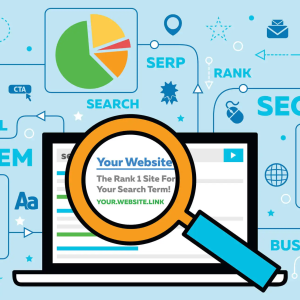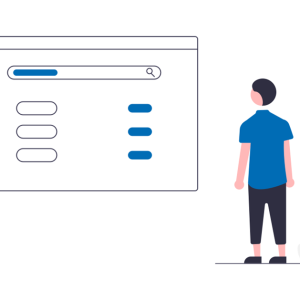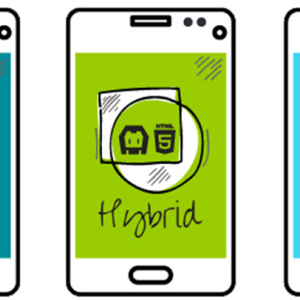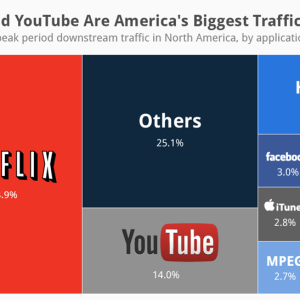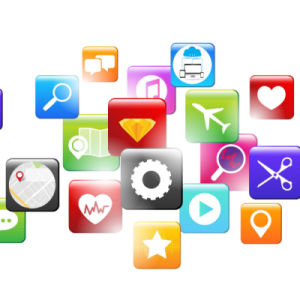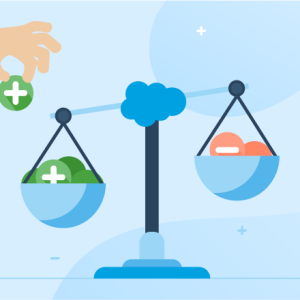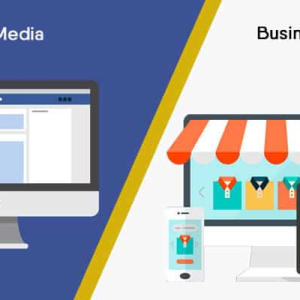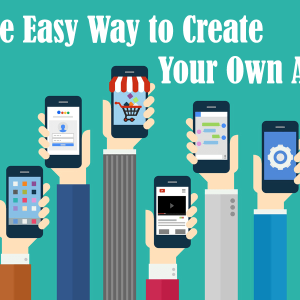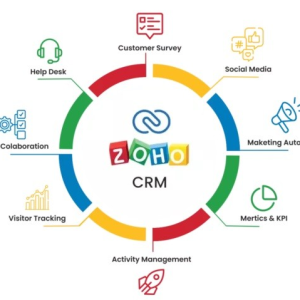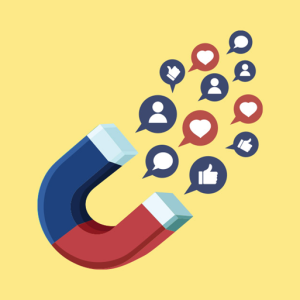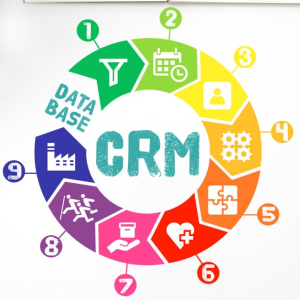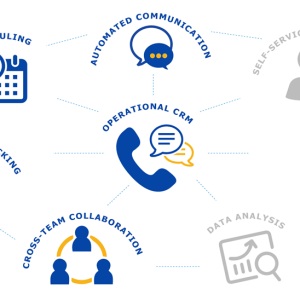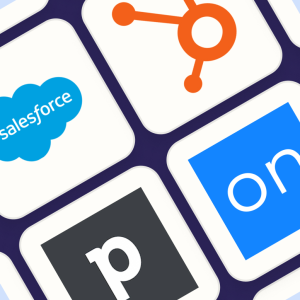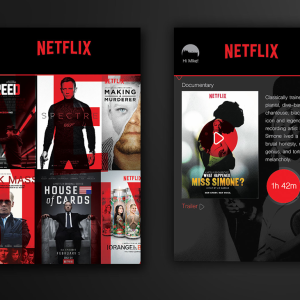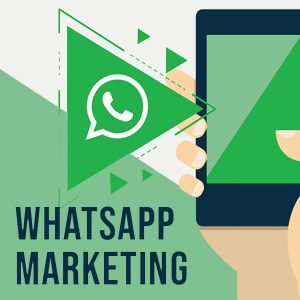Introduction
Content marketing generates over 3x as many leads as outbound marketing and costs 62% less
(Demand Metric)
Every business needs customers in order to survive and thrive. And one of the most effective ways to reach your target audience is through content marketing. But it’s not just about creating great content-you also need to create a well-oiled marketing funnel that will guide your readers from introduction to purchase. In this article, we’ll discuss everything about the content marketing funnel – the top of the funnel, middle of the funnel, and bottom of the funnel methods you can use to create a content marketing funnel that converts.
What Is A Content Marketing Funnel?
A content marketing funnel is a process that takes a potential customer from first becoming aware of your product or service to eventually making a purchase. In order to do this, you need to create a series of content that moves them through each stage of the buyer’s journey, from awareness to consideration to decision.
Why Use A Content Marketing Funnel?
Funnels are an essential part of any business, regardless of what you’re selling. That’s because they help you to focus your marketing efforts and resources on the people who are most likely to buy from you. Without a funnel, you’re just spraying and praying with your marketing, hoping that something will stick. But with a content marketing funnel, you can be laser-focused in your approach, making sure that each piece of content you create is designed to move your reader one step closer to becoming a paying customer.
Plus, using a funnel gives you a way to track and measure your results so that you can continually optimize your content and make improvements over time.
4 Stages Of Content Marketing Funnel
Now that we’ve discussed what a content marketing funnel is and why you should use one, let’s take a look at how to create your own using 4 stages: We call those 4 stages AECD, AKA Awareness, Evaluation, Conversion, and Delight.

Awareness Stage
At the outset of the content marketing funnel, lies the awareness stage, where your ultimate objective is to present your product or service to your intended audience. The essence is to arouse cognizance of your existence and notify them of what you have in store that is valuable and beneficial to them.
Achieving this necessitates creating content that has the potential to reach a wide spectrum of people. The options are plentiful and comprise of blog posts, social media posts, infographics, videos, among others. The trick lies in ensuring that your content is both alluring and enlightening enough to capture the attention of your audience and entice them to want to know more about your offering.
Evaluation Stage
Once you have captured the attention of your readers, it is imperative to proceed to the evaluation stage. This phase demands an adequate exposition of information about your product or service, emphasizing how it can benefit your readers.
To achieve this, your content must be astutely crafted to ensure it:
- Compares your product or service to other similar offerings in the market, thereby accentuating its competitive edge.
- Expounds the features and benefits of your product or service, enabling your readers to appreciate its worth.
- Provides answers to common questions about your product or service, quelling any doubts your readers may have.
- Presents case studies or testimonials from satisfied customers, further corroborating the efficacy of your product or service.
At this stage of the funnel, your goal is to furnish your readers with sufficient information to aid them in making an informed decision about your product or service. However, this must be executed with finesse, as inundating them with too much information could result in disengagement or even repulsion.
The crux of this stage is to deliver enough value to keep your readers engaged, while simultaneously advancing them towards making a purchase, by tactfully addressing their concerns and highlighting the merits of your product or service.
Conversion Stage
The subsequent phase of the content marketing funnel is conversion, which aims to persuade your readers to embark on the next course of action, i.e., to purchase your product or service. Achieving this feat necessitates creating content that is tailored to seal the deal and compel your readers to make the purchase.
This can include: Product demonstrations, Free trials or coupons, or Customer success stories
In this stage, you’ll also want to focus on creating a sense of urgency and scarcity. This will help push your readers towards taking action.
Delight Stage
The final stage of the content marketing funnel is a delight. This stage has been added later on as businesses realized that the customer journey does not end when someone makes a purchase.
The ultimate objective of the delight stage is to maintain the happiness and engagement of your customers, with the ultimate aim of transforming them into lifelong brand advocates. This can be accomplished via a plethora of techniques, ranging from offering impeccable customer service, sending personalized follow-up emails, to dispensing exclusive coupons and discounts.
The core of the delight stage is to keep your customers engrossed and committed to your brand so that they continue to patronize your business and also share their positive experiences with others.
The mastery of content marketing is vital to driving conversions and expanding your business. It is essential to fashion a robust marketing funnel that will serve as a roadmap, guiding your readers from awareness to purchase.
Three Types of Content Marketing Funnel
There are three types of content marketing funnel-top of the funnel (TOFU), middle of the funnel (MOFU), and bottom of the funnel (BOFU).
Unlike in the 4-stage structure, the goal with each content is different here:
Top of the Funnel (TOFU)

The pinnacle of the funnel is focused on capturing the attention of your intended audience and acquainting them with your brand. The paramount objective is to ensure that your content is replete with helpful and informative insights, sans the overbearing pressure of hard-selling. This stage is quintessential to building rapport and bolstering your reputation with your readers, thereby enhancing the likelihood of future business prospects.
The content created for the top of the funnel is markedly different from that which is designed for the bottom of the funnel. Typically, top of the funnel content is more generic in nature, crafted to introduce your product or service as a potential solution to the pain points of your audience.
A few examples of top of the funnel content include:
- Blog posts: These serve as a conduit for conveying industry news, how-to guides, and personal stories, fostering a sense of familiarity with your brand.
- Social media posts: These serve as a multifunctional tool for driving traffic to your website, boosting engagement with your audience, and promoting brand awareness through compelling and thought-provoking content.
- Videos: These can be used to showcase your product or service, tapping into your audience’s curiosity and provoking interest in your offerings, while also offering a more immersive and personalized experience.
- Infographics: These visually engaging tools help simplify complex topics, making them more digestible and less intimidating for your audience, while simultaneously driving traffic to your website or blog through shareability.
- Ebooks: These versatile resources can be utilized to provide an in-depth exploration of your product or service, while also offering valuable insights and tips that can be immediately applied by your audience.
Middle of the Funnel (MOFU)
After successfully captivating the attention of your intended audience with top-of-the-funnel content, it’s now time to direct your focus to creating compelling content for the middle of the funnel. The crux of the middle of the funnel lies in spurring your readers to embark on the next phase of their buyer’s journey, namely transitioning from consideration to decision.
The primary objective at this juncture is to initiate the move towards purchase by furnishing your readers with comprehensive information about your product or service. The content must strike a fine balance between being educational and informative, while avoiding the pitfalls of being overly assertive.
Some examples of the middle of the funnel content include:
- Case studies: By showcasing how your product or service has benefited others in similar situations, you can help your audience envision the value of your offerings in a tangible way.
- Whitepapers: These detailed and comprehensive documents serve to establish your expertise in your field while also providing valuable information to your audience.
- Product demos: By demonstrating the functionality and benefits of your product or service, you can provide a more immersive and personalized experience for your audience.
- Webinars: These live or pre-recorded online events provide a platform for engaging with your audience while also offering valuable insights and information.
- Free trials: This allows your audience to try your product or service before committing to a purchase, helping build trust and familiarity with your brand.
- Coupons or discounts: These time-limited offers can help motivate your audience to make a purchase, while also fostering a sense of brand loyalty and appreciation.
Bottom of the Funnel (BOFU)
As the final lap of the buyer’s journey comes into view, the time has arrived to craft content for the bottom of the funnel. The bedrock of the bottom of the funnel centers on nudging your audience to take that ultimate step and commit to a purchase.
The core aim of this phase is to seal the deal by imbuing your audience with a sense of immediacy and persuading them that your product or service is the ultimate panacea for their needs.
A few examples of the bottom of the funnel content include:
- Free shipping or other incentives: Incorporating free shipping or other incentivizing perks into your sales pitch may serve as a persuasive tactic to stimulate your audience’s purchasing proclivities.
- Testimonials or reviews: Testimonials or reviews, on the other hand, can aid in showcasing how your product or service has left a favorable impression on past consumers.
- Case studies: Similarly, case studies can be implemented to illustrate how your product or service has facilitated tangible benefits for individuals who have encountered circumstances akin to those of your audience.
- Product demos: Lastly, product demos can provide a visual representation of how your product or service operates and how it can confer benefits unto prospective consumers.
Regardless of whether you adhere to the 4-stage or the 3-type approach to the content marketing funnel, your objective remains constant: to convert your readers into customers. Hence, now that you are aware of how to fabricate a content marketing funnel that has the propensity to transmute readers into customers, you can commence crafting a blend of content that resonates with your target audience.
By producing a blend of content that caters to each stage of the funnel, you can efficaciously steer your readers from the initial phase of acquaintance to the final stage of purchase. By assiduously monitoring and analyzing your outcomes, you can meticulously fine-tune your content and optimize your approach over time, culminating in exponential business growth and unparalleled levels of customer engagement.
Conclusion
If you are seeking to augment the impact of your content, it is essential to integrate a holistic strategy that escorts your readers through a captivating and informative odyssey from the initial phase of introduction to the ultimate stage of purchase. This age-old method is commonly referred to as “the funnel,” and it has emerged as a priceless asset in boosting customer conversion rates.
If you aspire to generate a content marketing funnel that engenders quantifiable results, look no further than the industry experts at 12 Channels. Our team of seasoned professionals can aid you in fashioning a tailored content strategy that caters to the unique needs of your business. Whether your desired call-to-action entails subscribing to your newsletter or booking a consultation, 12 Channels can empower you to transmute your readers into loyal customers.

